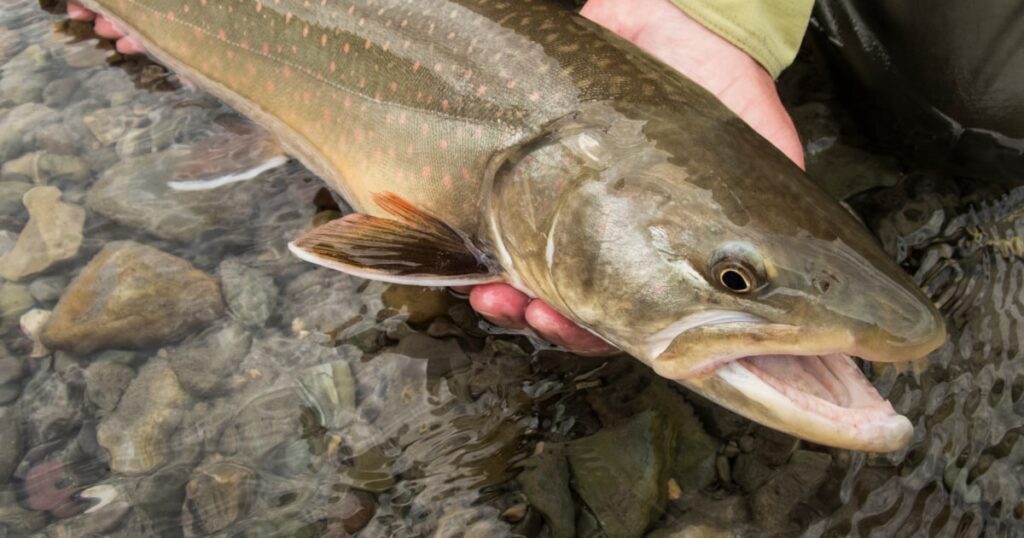A new study analyzing nearly 1,500 river locations over more than 40 years reveals that river heat waves in the U.S. are becoming more frequent, intense, and prolonged, outpacing air heat waves. Conducted by researchers at Pennsylvania State University and published in Proceedings of the National Academy of Sciences, this is the first definitive study of river heat waves, defined as five consecutive high temperatures exceeding seasonal averages.
The study attributes the trend largely to climate change and other human factors, such as decreased snowpack and slower stream flows due to damming and urban heat absorption. Cold-water species like salmon and trout are particularly at risk, as higher temperatures reduce dissolved oxygen levels, exacerbating their stress.
The research highlights that river heat waves have increased by an average of 1.8 additional events per year since 1980, with peak temperatures 0.8°F higher and heatwave durations extended by over three days. The findings underscore the imperative to manage water resources effectively, potentially mitigating heat impacts through adjusted irrigation or dam releases.
While heat waves in oceans and lakes have been studied extensively, river temperature analysis has been challenging due to reliance on less reliable data sources. This study utilized data from U.S. Geological Survey monitoring sites from 1980 to 2022, revealing significant changes in river conditions. Researchers aim to raise public awareness about the water quality challenges posed by climate change.


